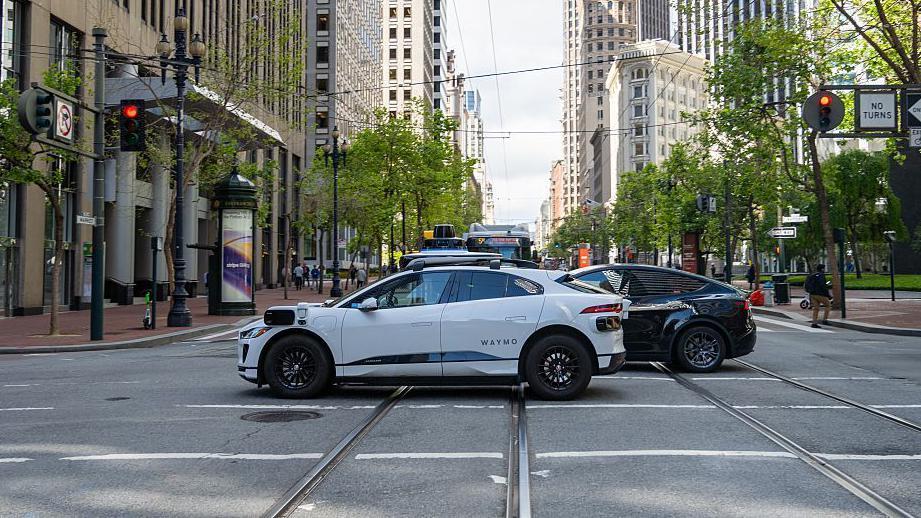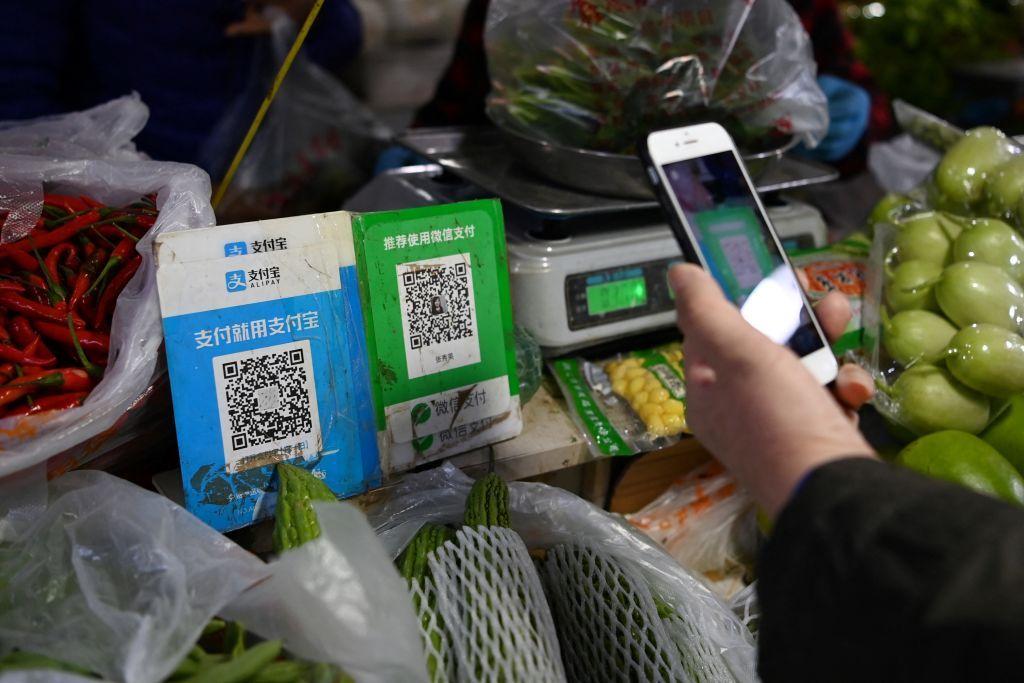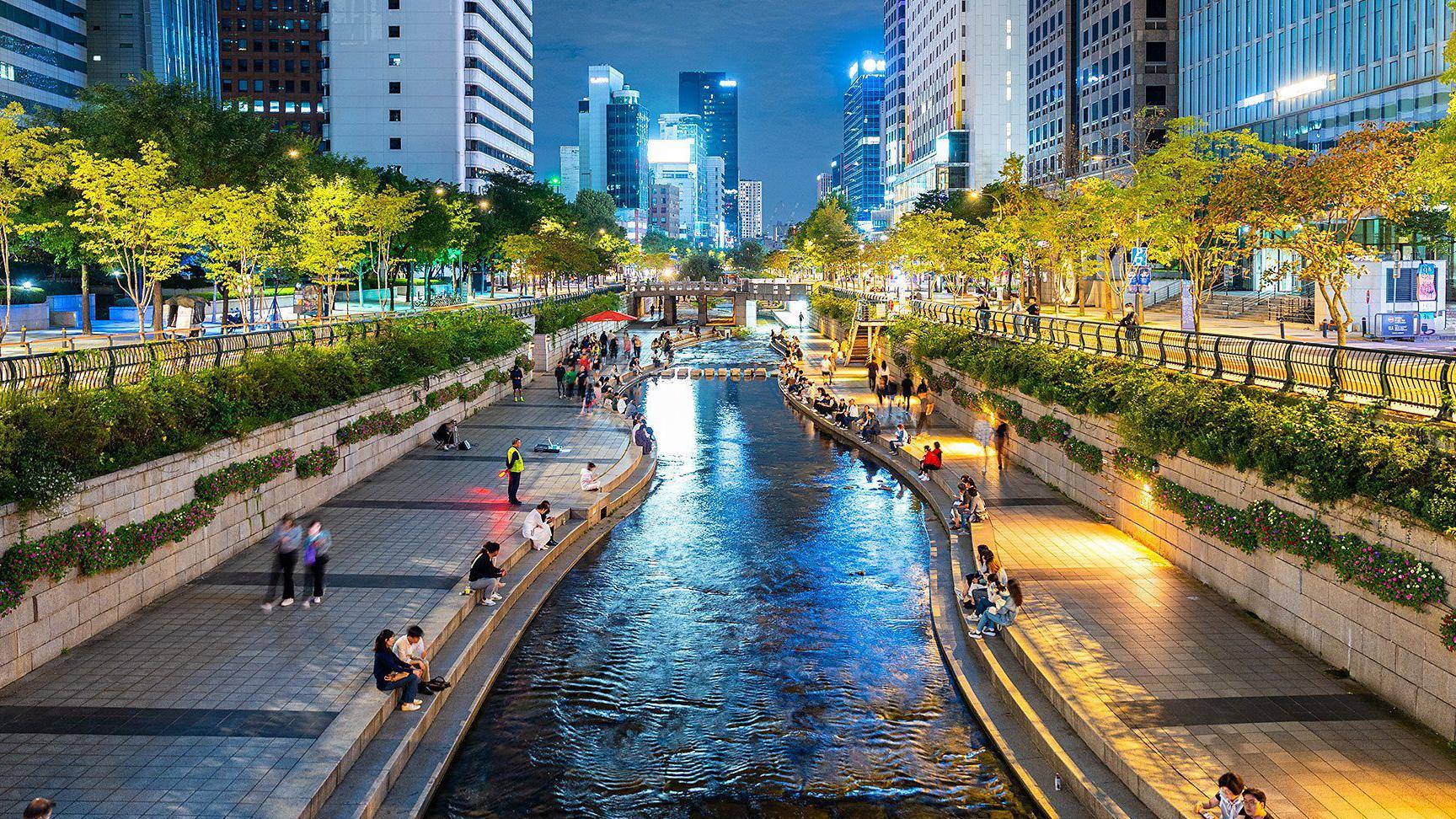From AI-powered transportation to cashless living. These are the five cities that contain the leading innovation centers, due to their cutting-edge technology and everyday ingenuity, according to the Global Innovation Index.
Between the rapid rise of artificial intelligence, self-driving cars, and green energy, innovation is advancing faster than ever. New inventions and patents emerge in cities around the world, but there are some places that stand out for driving major advances.
The 2025 Global Innovation Index, published by the World Intellectual Property Organization each year, ranks major countries and metropolitan groups. It does so based on criteria including the level of investment, technological progress, adaptation rates and socioeconomic impact.
Between them, the top 100 hubs – ranging from San Francisco to Shenzhen – represent more than 70% of global patents and venture capital activity.
To find out how technology shapes everyday life and how visitors can experience its cutting-edge ideas, often before they reach the rest of the world, we spoke to residents of five major innovation hubs.
1. Shenzhen – Hong Kong – Guangzhou, China
China entered the top 10 of the ranking this year for the first time, driven by its growing number of patents, scientific investment and venture capital growth. This country now has 24 of the 100 leading cores in the report.
The southern China tech hub of Shenzhen-Hong Kong-Guangzhou ranks at number one. In this region, technology is seen in everyday life and innovation is embedded in the culture.
Hong Kong resident Jamie River says you can be in a street market where vendors use QR codes for payments next to handwritten price signs. At the same time, small store owners manage their delivery orders through three different apps.
“The collision of old and new creates this strange energy where no one is afraid to try things,” says River, who has lived here for three years.
Originally launched in 1997 as a payment method for public transport, Hong Kong’s Octopus Card is now a favorite everyday technology solution that can be used to pay for everything from vending machines to parking meters.
To experience Hong Kong’s cutting-edge technology, River recommends visitors take the Star Ferry at night and see the Symphony of Lights show, which synchronizes a musical score with lights, lasers and LED screens across 43 buildings.
For a glimpse of creative crossover, PMQ (a former police station) is now home to studios, shops and cafes. “You’ll see 3D printing workshops alongside traditional calligraphy studios,” he said.
Home to global corporations from Huawei to Tencent, Shenzen’s transformation from fishing village to technological powerhouse was an intentional move by the Chinese government when it designated the city as its first Special Economic Zone in 1980, offering tax breaks and incentives to spur innovation.

The most important innovation centers in the world
1. Shenzhen-Hong Kong-Guangzhou
2. Tokyo-Yokohama
3. San Jose-San Francisco
4. Beijing
5. Seoul
6. Shanghai-Suzhou
7. New York
8. London
9. Boston, Cambridge
10. Los Angeles

Its status as a hub of creativity only grew after it was named a UNESCO Creative City in 2008, with investments funding maker spaces such as the Shenzhen Open Innovation Lab.
“This supportive framework allows for rapid scaling and experimentation,” said Leon Huang, a resident since 2008. “Maker spaces like OCT Loft and Design Society in Shekou are available to everyone, offering affordable access to advanced tools, including virtual reality facilities.
“The variety of people who frequent these spaces, including hobbyists, students and professionals from technology companies such as Huawei and DJI, contribute to a truly inclusive environment,” he added.
Huang suggests that visitors attend one of the elaborate drone shows that take place above Shenzhen Talent Park’s Bay or during major events such as the Spring Festival and National Day.
The city recently set the record for the world’s largest drone exhibition, employing nearly 12,000 drones.
2. Tokyo-Yokohama, Japan
Ranked second, the Tokyo-Yokohama hub produces the highest percentage of international patent filings in the world, accounting for more than 10% of global filings.
What residents appreciate, however, is that the technology and innovation feel practical rather than flashy.
“In Japan, technology is not a wild imagination of flying cars like we all imagine it would be in 2050,” said Dana Yao, who met her husband in Tokyo and now divides her time between Japan and the United States.
Instead, he says, it’s the rail card that can be used for buses and vending machines, and the AI sensors in convenience stores that enable self-checkout and cashless payment.
“You’ll find these small but powerful innovations everywhere. They’re high-tech, but they’re still so human and really useful,” he notes.
Travelers can experience this high-tech world at Hotel Henn Na, where check-in is fully automated, some staff are robotic, and “smart beds” adjust temperatures for optimal sleep. Yao also recommends riding the driverless train on the Yurikamome Line in Tokyo Bay. “It’s fully automated and gives you stunning views of the city and the Rainbow Bridge,” he said.
For a dose of digital wonder, teamLab Planets offers an immersive art experience in technology. “Entire rooms react to your movements, light and sound,” Yao said. “It’s just incredible.”
3. San Francisco, ee.uu.
Known worldwide as Silicon Valley, the San Jose-San Francisco cluster leads the world in venture capital, generating almost 7% of all global deals. Additionally, the GII report found that it has the highest concentrated innovation activity per capita.
That density is what continues to attract entrepreneurs and startup founders, especially as the opportunity created by artificial intelligence becomes present.
“I’ve never wanted to live in San Francisco until now. It’s like the original dot-com boom. Very smart people are gathering here and the people who left have come back,” says new San Francisco resident Ritesh Patel, founder of Ticket Fairy.
That means networking opportunities are everywhere.
“You could be at a dinner party having a conversation about the challenges you face as a startup founder and the next minute someone at the table says they can help,” he adds.
“They send a text message and suddenly you have a meeting with a relevant person who you could never have contacted via email or social media. It’s wild!”
For visitors to San Francisco and Silicon Valley, it’s all about trying out the technology before it hits the mass market. “You will discover cutting-edge technologies that the rest of the world won’t know about for 6 to 12 months,” says Patel.
Transportation services such as Uber y Lyft They were widely used here before they became global companies, and now cars Waymo Autonomous driving apps have a significant market share in the area and can be used by anyone who downloads the app.

4. Beijing, China
China’s capital surpassed all other cities in scientific research results, contributing 4% of all articles published globally.
But residents say Beijing’s real strength lies in its balance between high-tech infrastructure and deep cultural roots.
“Other ‘smart cities’ really focus on the modern edge, but Beijing combines innovation, culture and liveability, making it feel simultaneously advanced but unique,” says Elle Farrell-Kingsley, who currently has her headquarters in the Chinese capital.
Ensures that daily life is powered by super apps like Alipay y WeChatincluding translation options, QR code payments, and food ordering options.

He also says that AI, particularly Deepseek y DouBao, It is integrated into daily services, making translation easier for English speakers.
The only frustrating thing can be leaving home and finding that those services don’t work as well elsewhere.
“Everything works so well here that it’s almost forgettable how integrated and innovative these services can be until you visit somewhere else. I rarely see major technological hiccups, and I often find myself frustrated or impatient when I visit other countries and don’t have these services or things don’t work as well.”
Travelers can experience the city’s advanced AI first-hand by booking Apollo robotaxi from Baidu.
“It’s incredibly exciting to experience, especially as there’s no steering wheel! You just get in and the car takes off on its own, which feels futuristic and surprisingly safe,” says Farrell-Kingsley.
5. Seoul, South Korea

Ranking fifth in innovation hubs in this ranking, Seoul accounts for 5.4% of global patent applications and leads Asia in venture capital investments (coming in second overall behind San Francisco).
Residents say South Korea’s drive to innovate comes from necessity, as the small country has a limited amount of natural resources to tap into.
“The country has to compete through innovations and technology. Many people’s grandparents lived in poverty, so there is still this great drive and energy to grow, improve, innovate and not fall behind,” says Chris Oberman, who has lived in Seoul since 2024 and writes about his travels in Moving Jack.
Much of innovation and technology is integrated into everyday life. Homes often have doors that open with digital codes, and cashless payment systems mean you only need your phone when you go out.
“Keys, cards, my wallet, cash – I can leave them all at home,” he adds.
Visitors can experience the city’s futuristic infrastructure along Cheongyecheon Stream, a walkable plaza featuring autonomous electric hop-on hop-off buses.
Across the city, cashierless convenience stores operate 24/7, allowing customers to pick up products and pay at smart machines, while AI systems track inventory and prevent theft.

click here to read more stories from BBC News Mundo.
Subscribe here to our new newsletter to receive a selection of our best content of the week every Friday.
You can also follow us on YouTube, Instagram, TikTok, X, Facebook and in our whatsapp channel.
And remember that you can receive notifications in our app. Download the latest version and activate them.

